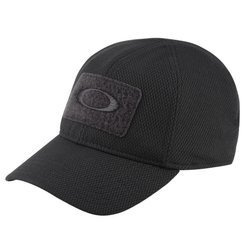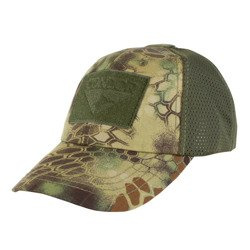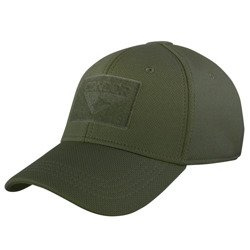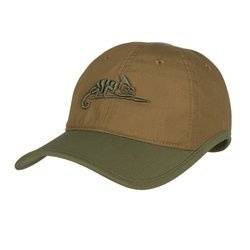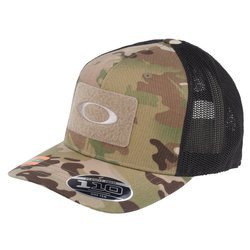Tactical cap - which one to choose?
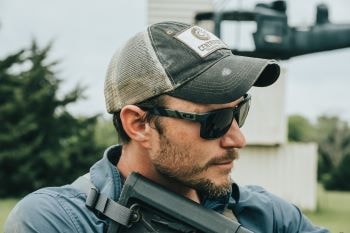
On the heads of special unit operators and sports shooters we have long seen classic baseball caps. Despite their versatility, usefulness and aesthetics, they do not find their way into the elements of the official uniform in any army, being displaced by patrol boats - probably due to production costs. However, what fits the head of an Marine Corps soldier or a South American dictator will not necessarily be suitable for a sports shooter. Therefore, we invite you to a short description of more interesting solutions found in baseball caps based on the offer of SpecShop.pl
The general task of a tactical baseball cap, just like any other cap, is to protect the user from the sun. Depending on the climate and season, a sunstroke can threaten us more or less, while rays blatant in the eyes are annoying always and everywhere. When choosing a hat, it is worth focusing on a few things - when it comes to sun protection, it will be the right material and a well shaped canopy.
As we've mentioned many times before, the differences between the various materials are diametrically opposed to the fear of synthetic materials - overrated. Cotton - pleasant to the skin, moisture-absorbing, polyester - perfectly wicking and much more hygienic. In our opinion, the best choice will be hybrid-style caps - cotton front, where it comes into contact with the skin on the forehead, and synthetic side and back panels, well wicking away moisture. In some models there are inserts in the front zone made of a synthetic cloth that collects moisture from the forehead so that sweat does not restrict our vision.

Depending on the temperature, we can think of three options. The first one, for the warmest days or with high effort - the front panel is closed, the others are made of airy mesh. Depending on the materials and construction used, it will be either a rigid mesh with large meshes (found in high trucker hats) or a flexible, openwork material. The second type is, of course, the classic one, snapback (equipped with belt adjustment) made of identical panels, which will be a universal choice. The third type - models equipped with an elastic Flex-Fit band will perform better at slightly lower temperatures due to the "sealing" of the head cap.
As for the previously mentioned beak profile - the modern trend is towards short, heavily curved beak. This type of profile combines functionality and versatility with an attractive look - over the years we have seen examples of caps with too short non-functional beaks, such as Russian models from the First World War. Just as it is now, it is good. Some beaks have velour lining on the underside. This solution allows for the use of accessories such as hook and loop equipped micro flashlights, which allow, for example, comfortable reading of maps.
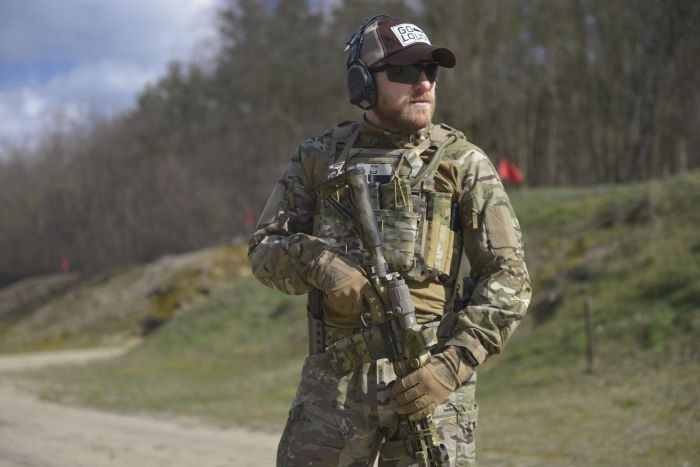
Assuming that we buy a baseball cap for "tactical" purposes, we must also assume that hearing protectors, possibly a communication kit, will land on our head outside it. Of course, modern models are relatively light and comfortable, but a properly selected cap can make it a little easier for us to use them. First of all, baseball cap manufacturers stubbornly place a button - the so-called squatchee on top of the cap.
Apart from the theories about its functionality, it is placed exactly where our headband runs. It seems to be an unimportant detail, but assuming that the support of the headband determines the arrangement of the whole headphones, it would be good if they were based on an even surface and did not press any hard elements into our heads. So let's choose caps without squatchee or remove it ourselves. Fortunately, in a large part of tactical caps, this button is replaced by a small Velcro, which is used for mounting an infrared reflective patch.

The second interesting solution is the undercut on the cap around the ears, thanks to which the pads of the protectors do not rest on the cap. Tight adhesion of the headset bowl to the head guarantees not only comfort of use, but also allows for maximum use of the protectors damping qualities, regardless of whether they are active or passive models. Of course, if we use dock shelters, a cap of this type will not make any difference.
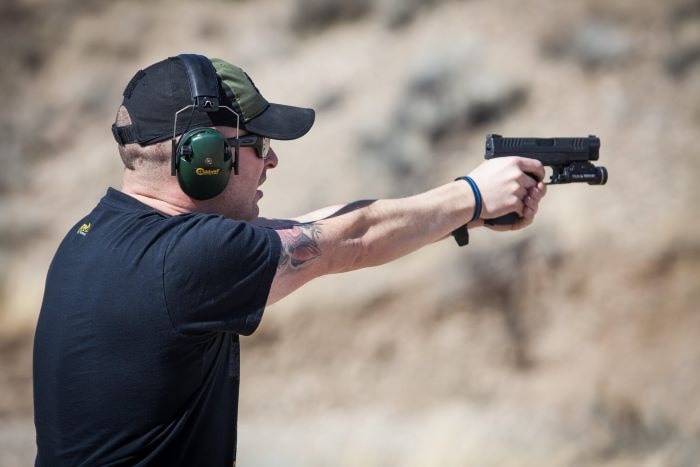
The last thing - hook and loop panels. As we all know, a tactical cap must have at least one panel, allowing you to attach a patch with a Punisher skull or a humorous slogan. The exception to this is the Oakley tactical cap, in which the designers have incorporated the embroidered logo into the hook and loop panel structure - so we have to make a decision: the Punisher skull or the splendour flowing from the company logo. The seemingly invisible panel at the top of the cap, as we have already mentioned, is used to mount the patches visible in the infrared range.
The canopy of the cap, however, does not always give you a chance to stop the sun's rays, so we also invite you to read the blog
AP
